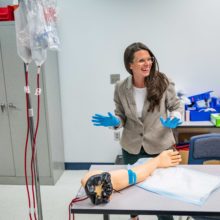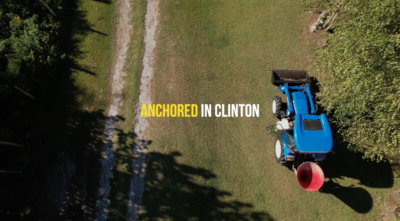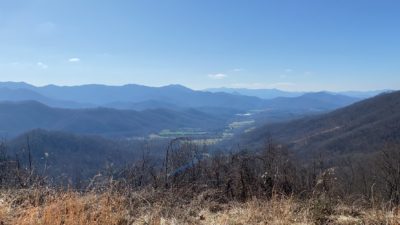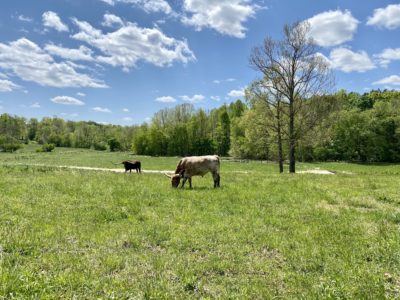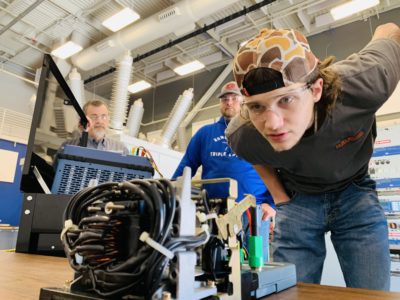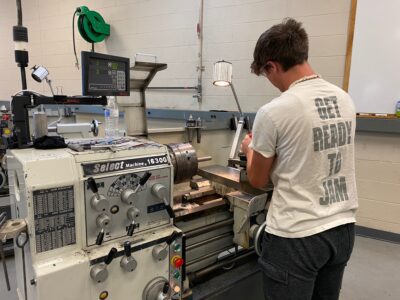

Share this story
- More than half of @NCCommColleges serve at least one rural county - creating unique challenges and opportunities. Read how the Rural College Leaders Program of @ncstatebelk is helping rural-serving colleges capitalize on those opportunities.
- Last year, @ncstatebelk, in partnership with @AchieveTheDream, launched the Rural College Leaders Program to help rural-serving NC community colleges meet the unique needs of their institutions.
|
|
Community colleges are often considered anchor institutions, especially those that serve rural areas, where they are often the only higher education institution within close proximity. These colleges are vital to the fabric of a community, providing postsecondary access and contributing to the overall economic impact of their region.
In 2019-20, the North Carolina Community College System (NCCCS) had a $19 billion annual economic impact on the state’s economy – supporting one out of every 19 jobs across the state. The system awarded over 65,000 credentials during the 2021-22 academic year.
Although the state has urbanized over the years, it’s still overwhelmingly rural. Out of 100 counties, 80 are considered rural. That means that nearly 70% of the state’s community colleges serve at least one rural county – 40 of the 58, according to the NCCCS.
Apart from generating economic impact, community colleges extend numerous resources and services to their communities. They train first responders and early child care workers, provide upskilling for the workforce, offer services to small businesses, educate justice-involved individuals and those seeking a high school diploma, and in some cases, they are a county’s largest employer. And that’s the short list.
But being a rural-serving institution is not without challenges.
“As rural community colleges, we sometimes find ourselves grappling with challenges that seem daunting,” said Dr. Margaret Annunziata, president of Isothermal Community College.
Those challenges include everything from lower postsecondary attainment rates to population shifts to chronic under-resourcing, to name a few. According to NC Rural Center, only 41% of rural county adults (25 – 44 years old) have a postsecondary degree or credential. In suburban counties, 51% of adults have a postsecondary credential. That figure is 66% in urban counties.


“We care so very much about our communities and we are passionate about overcoming these challenges so that we can help our residents build economic and social mobility,” Annunziata continued.
What does it look like in practice to expand upon the opportunities of being a community college situated in a rural area?
Building an immersive learning community
In January 2022, the Belk Center for Community College Leadership and Research, in partnership with Achieving the Dream, launched a program to help rural-serving institutions address the challenges they face and capitalize on the opportunities they are presented. The Rural College Leaders Program (RCLP) is an immersive learning community with 10 North Carolina community colleges that serve at least one rural county.
The cohort includes the following community colleges: Carteret, Catawba Valley, College of the Albemarle, Davidson-Davie, Isothermal, McDowell Technical, Roanoke-Chowan, Stanly, Vance-Granville, and Western Piedmont.
Since the program’s launch, leaders from the 10 RCLP colleges have convened three times to strategize ways to move the work of serving rural communities forward. That work looks like engaging in data analysis of student success outcomes in order to adjust strategies as needed, reviewing institutional policies, and determining strategic plans to improve student outcomes and address rural issues impacting local communities.
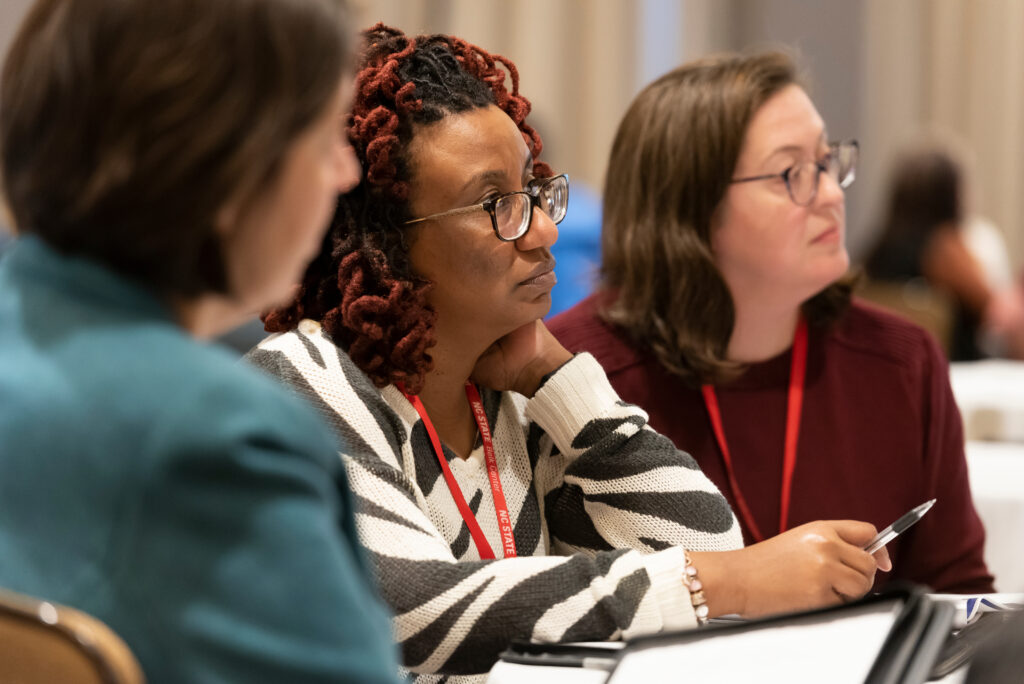

“The Rural College Leaders Program is a synthesizing activity. It’s helping colleges have conversations around access, completion, teaching and learning, strategic decision-making, data, and technology,” said Dr. Audrey J. “A.J.” Jaeger, the Belk Center’s executive director.
At the third convening last month, leaders gathered to delve into their institution’s student data and make plans to scale efforts across their campus and community.
Dr. Nancee Sorenson, chancellor of LSU Eunice, opened the convening by sharing that moving toward transformation requires institutions to stop looking for the college-ready student and instead become a student-ready college.
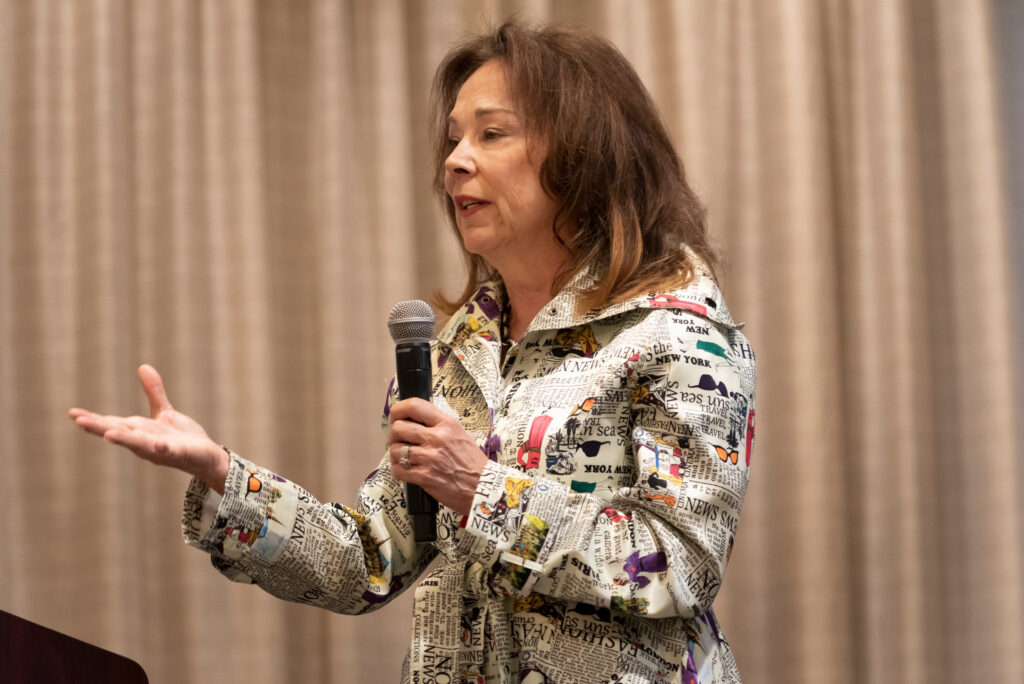

What does being student-ready look like and how do colleges make it happen?
For starters, there is no one solution – the work is multilayered. But at its core, being student-ready will require colleges to move beyond mission and vision statements and think strategically about how they serve each and every student holistically. And the plans implemented by colleges will look different, particularly in North Carolina.
Tunde Sotunde, the president and CEO of Blue Cross Blue Shield NC, says, “Every county is uniquely different. When you’ve seen one county, you’ve seen that one county.”
The same sentiments can be applied to North Carolina’s community colleges. If you’ve seen one community college, you’ve seen just one.
But there are key strategies that can help rural-serving institutions reach their communities.
In her address to RCLP leaders, Sorenson said one of those strategies includes looking at student data differently and disaggregating it to understand the varying degrees of success for different student populations. Evaluating this data also offers an understanding of who the colleges are not serving, an approach Dr. Gregory Adam Haile, president of Broward College, lifted up during the 2021 annual Dallas Herring Lecture. Haile said the college examined zip codes within their county and identified the six with the highest unemployment rates. Then, Haile took Broward College to the community instead of expecting the community to come to the college.
When it comes to success in the context of being rural, it often boils down to relationships.
Dr. Mary Rittling, professor of practice at N.C. State University and president emerita at Davidson-Davie Community College, said there is beauty in being rural and part of that beauty is the ability to cultivate relationships with outside partners to better serve the community.
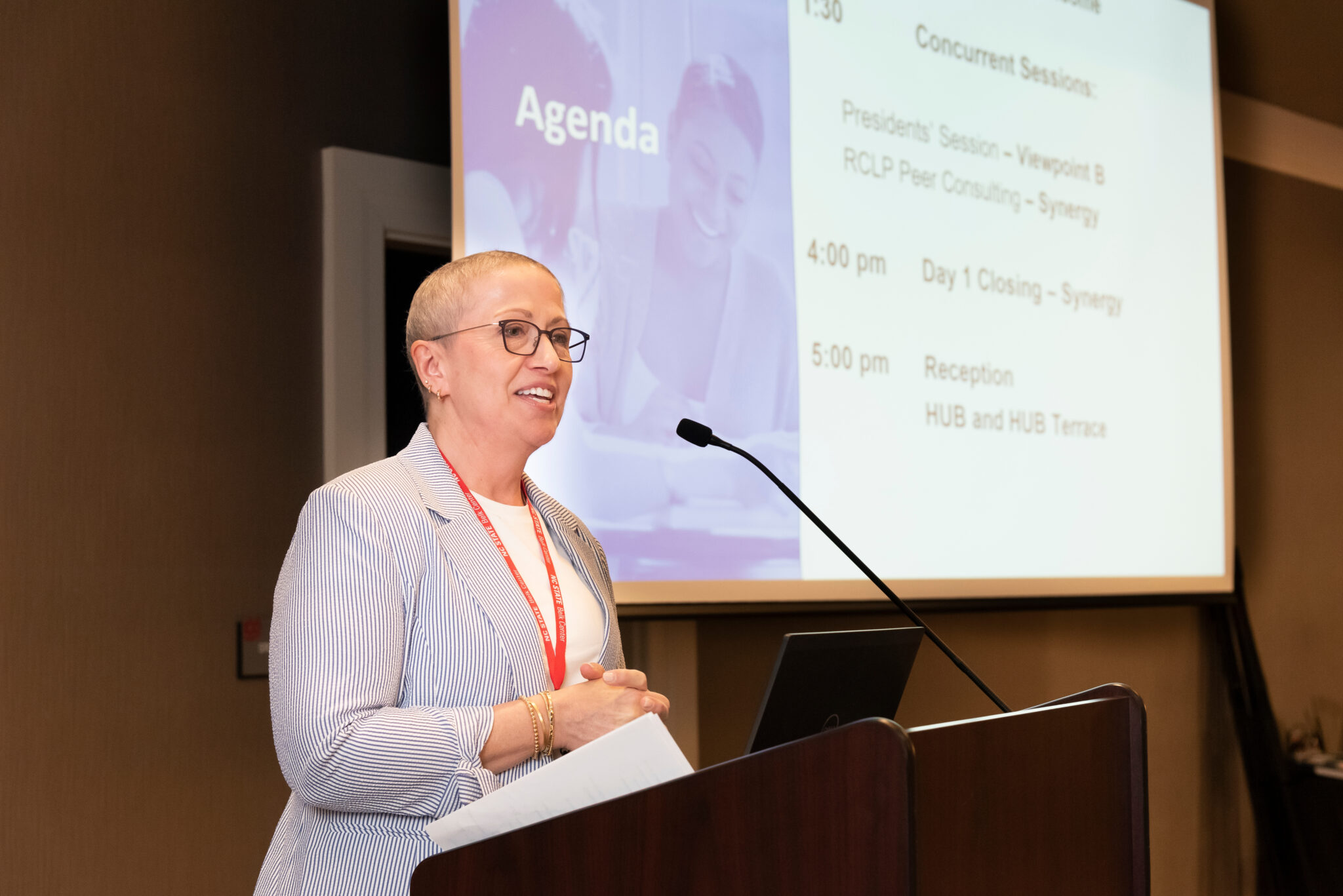

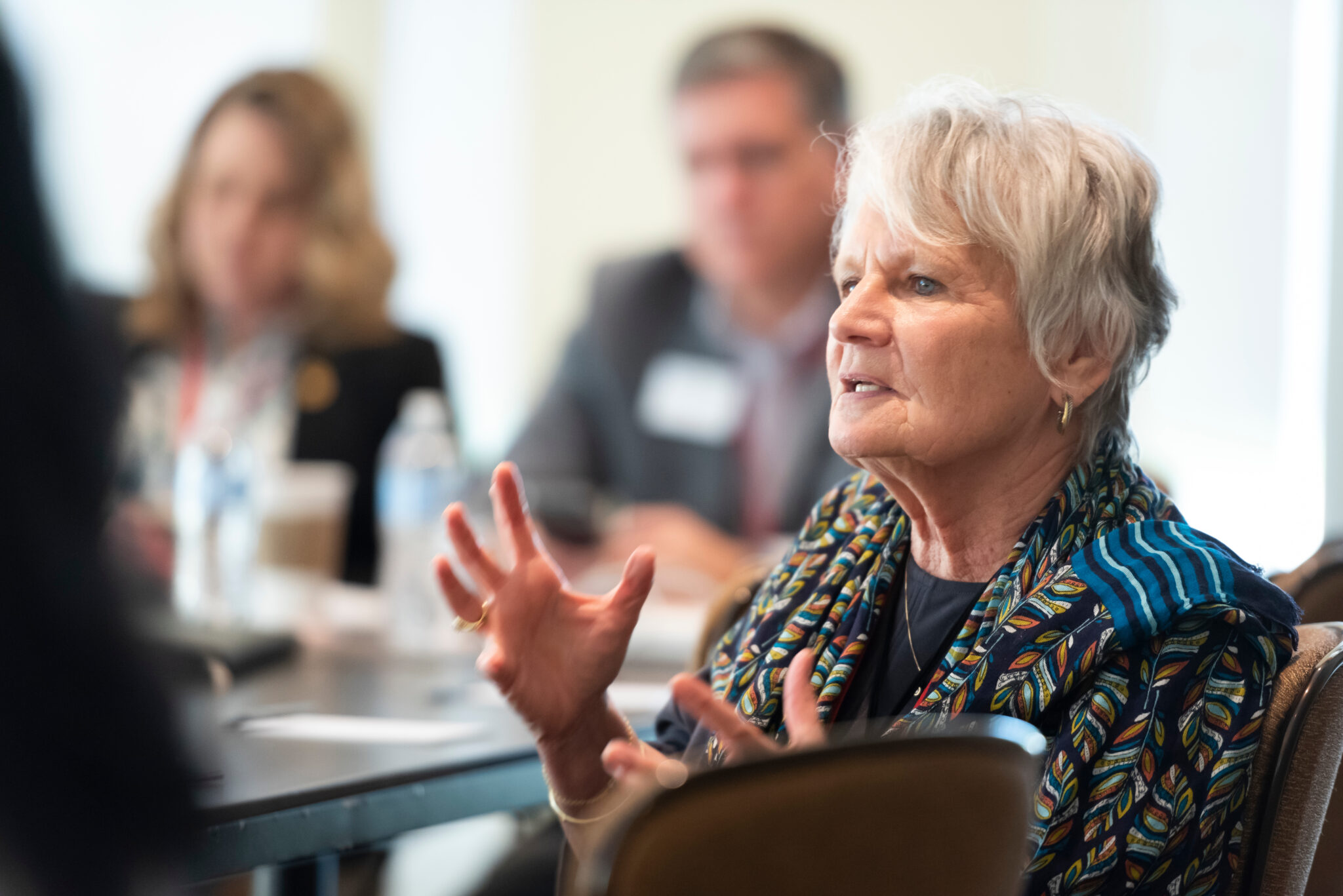

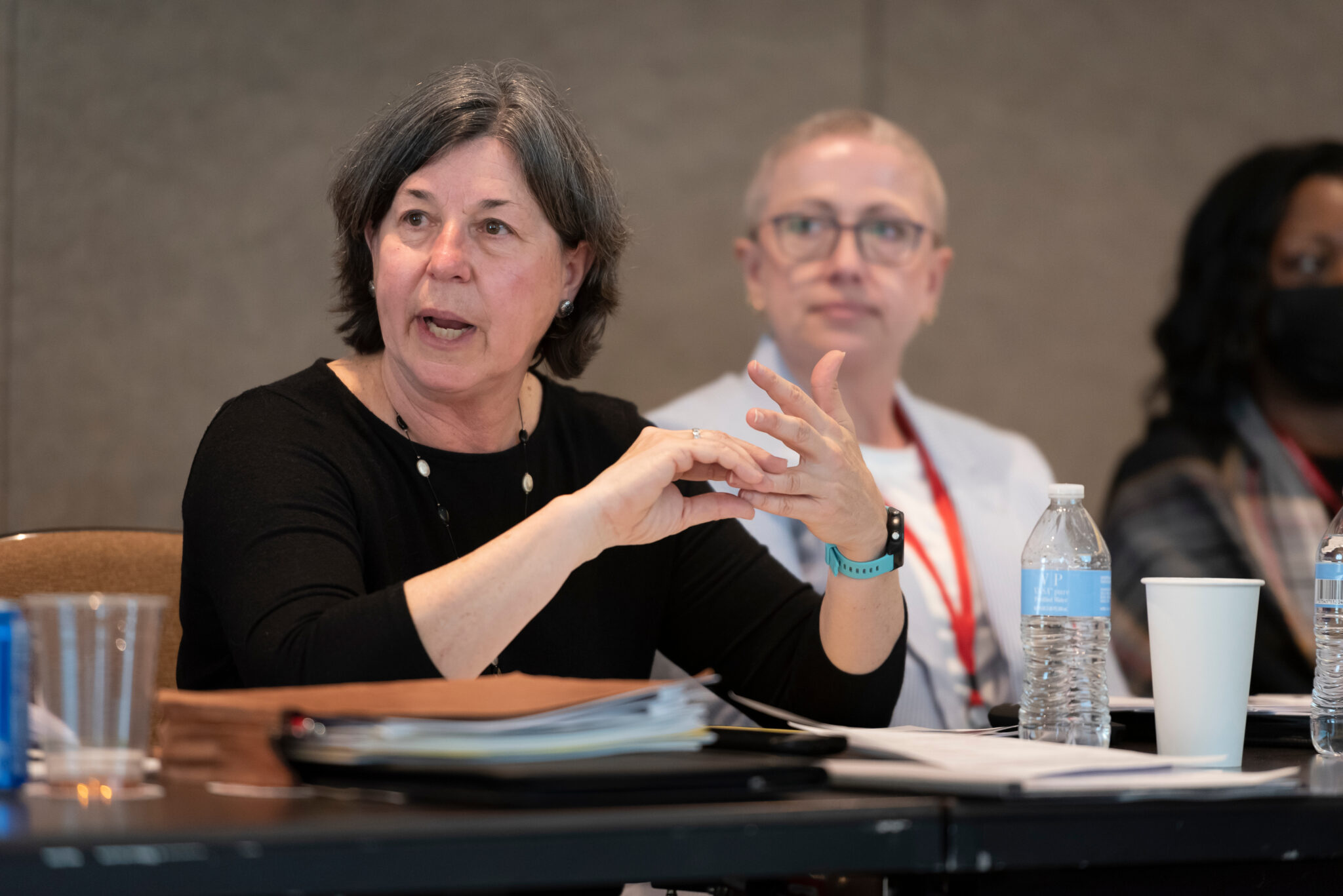

Community colleges, particularly rural-serving ones, are uniquely positioned to have those conversations because of their position within the community. As conveners, these institutions can bring stakeholders to the table to strategize how to most effectively serve, upskill, and advance economic mobility for their communities.
And if they’re not the conveners, colleges need to at least be at the table, Sorenson said.
Why do they need to be at the table? Because credentialing North Carolina’s residents doesn’t just benefit the college, it benefits the entire community.
Those who have earned a postsecondary credential are often healthier, have higher salaries, and own homes – all of which are markers of upward mobility. And for rural North Carolina, upward mobility is crucial. Only 41% of rural county residents earn a family-sustaining income, compared to 55% of suburban residents and 63% of urban residents.
Moving the work through institutions
Evaluating data and fostering partnerships are critical components to the work of engaging rural communities, but it’s also important for colleges to move the work through their institutions.
“The Rural College Leaders Program has really helped us at Catawba Valley Community College to refine our efforts on equity, student success, and student access. It’s made us consciously think about what we’re doing, why we’re doing it, and what efforts could we make to change things so that we have equitable results for all of the constituents we serve in the college’s service area.”
Dr. Jonathan Loss, dean of enrollment at Catawba Valley Community College
Those engaged with RCLP said creating a vision of student success means helping everyone at the college in every department understand what it means to be student-ready. And being student-ready may require colleges to challenge long-held beliefs, amend policies that create barriers, and make operational shifts.
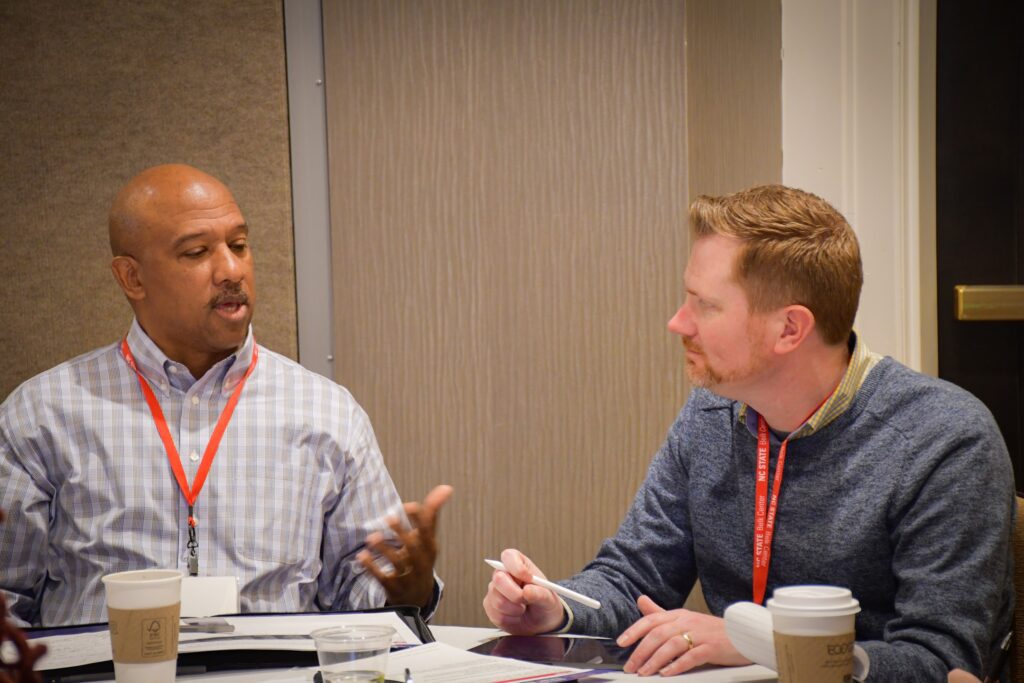

Jaeger said, “Colleges doing this work are part of a cohort of rural colleges focused on moving student success conversations forward on their campuses and tying this work to their own strategic plan.”
“Roanoke-Chowan Community College is involved with the Rural College Leaders Program because we want to be the best institution we can be for our students and our community. Rural colleges are often limited in the resources they have to support student success but RCLP is showing us how to look at data and how to take that data and turn it into workable strategies that fit in the context of our rural college.”
Dr. Murray Williams, president of Roanoke-Chowan Community College
What’s next for RCLP?
The Rural College Leaders Program is more than an initiative. Collaborating to improve student outcomes and address rural issues impacting communities is about folding strategies into the work the colleges are already doing.
Recently, the Belk Center received additional grant funding from Ascendium Education Group to continue its work supporting rural community colleges. According to the press release, the “grant will allow for evaluation of impact and best practice strategies identified through the RCLP.” The Belk Center is one of seven programs in the nation to be chosen by Ascendium as part of its Building Evidence to Increase Rural Learner Success initiative.
The next Rural College Leaders Program convening will be scheduled for sometime this fall.
